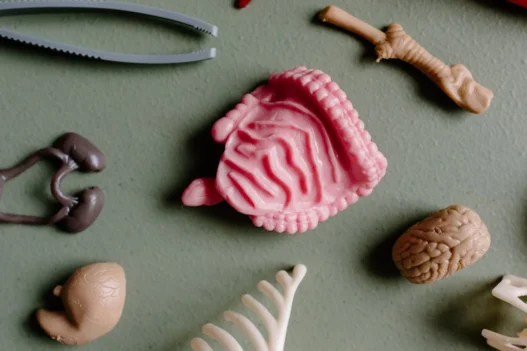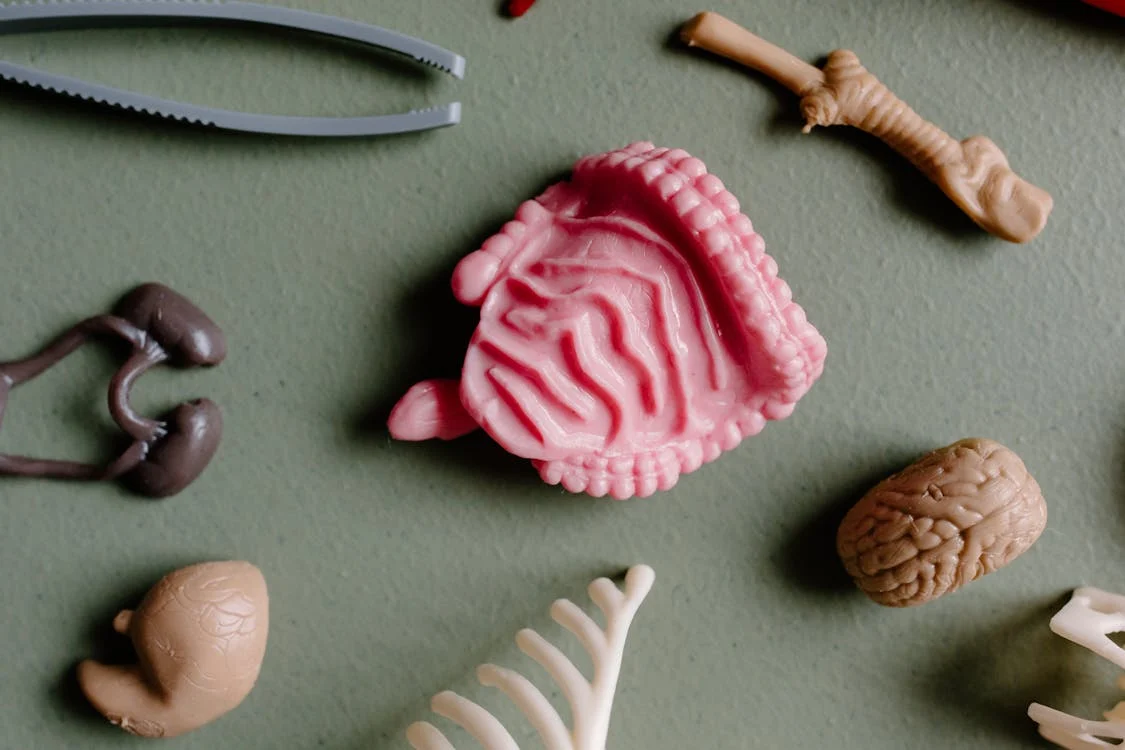0HHU7YZ refers to the procedure of inserting a device into the left breast through a natural or artificial opening. This may be used for a variety of medical reasons, such as imaging or treatment of a specific condition.
Table of Contents:
- 🔎 Clinical Indication
- 📋 Preparation
- 📖 Methodology
- 🩹 Recovery
- 🚨 Complexity & Risk
- 🔀 Similar Procedures
🔎 Clinical Indication
0HHU7YZ, which involves the insertion of a device into the left breast through a natural or artificial opening, may be performed for diagnostic or therapeutic purposes. This procedure allows healthcare providers to access the breast tissue more easily for a variety of reasons, such as biopsy or the placement of a catheter.
By inserting a device into the left breast, healthcare providers can collect tissue samples for testing or deliver medications directly to the affected area. This minimally invasive procedure may also be used to drain fluid buildup or monitor a preexisting condition within the breast.
Overall, 0HHU7YZ offers a less invasive alternative to traditional surgical procedures for addressing breast-related issues, allowing for quicker recovery times and potentially reducing the risk of complications. Healthcare providers may recommend this procedure based on the individual patient’s medical history and specific needs.
📋 Preparation
Before undergoing the insertion of a device into the left breast, whether through a natural or artificial opening, several preparations must be made. First, the patient will typically need to fast for a certain period of time before the procedure to prevent any complications.
Additionally, the patient may be instructed to stop taking certain medications that could interfere with the procedure or recovery process. It is important for the patient to follow these guidelines closely in order to ensure a safe and successful insertion of the device into the left breast.
📖 Methodology
During the procedure labeled as 0HHU7YZ, a medical device is inserted into the left breast through a natural or artificial opening. This process typically involves using specialized instruments to carefully navigate the device into the intended location within the breast tissue. The purpose of this procedure can vary from diagnostic testing to therapeutic interventions, depending on the specific medical indications for the insertion of the device.
🩹 Recovery
After the insertion of a device into the left breast, whether through a natural or artificial opening, recovery typically involves resting and avoiding strenuous activity for a few days. Patients may experience some discomfort, swelling, or bruising, which can be managed with over-the-counter pain medication and cold compresses.
It is important to follow any specific instructions provided by the healthcare provider, such as avoiding certain movements or wearing a supportive bra. It is also recommended to keep the insertion site clean and dry to prevent infection.
Most patients can expect to return to their normal activities within a week, but it is important to follow up with the healthcare provider for any concerns or complications that may arise during the recovery process. Rest, proper care of the insertion site, and patience are key components to a successful recovery after the insertion of a device into the left breast.
🚨 Complexity & Risk
Performing 0HHU7YZ, or inserting a device into the left breast through a natural or artificial opening, is a complex procedure that requires precision and skill. The potential risk to patients includes infection, bleeding, damage to surrounding tissues, and possible complications with anesthesia. It is essential for the healthcare team to carefully monitor and manage any potential complications that may arise during or after the procedure to ensure a successful outcome for the patient.
🔀 Similar Procedures
One medical procedure similar to the insertion of a device into the left breast is the implantation of a pacemaker. This involves placing a small device in the chest to help regulate the heart’s electrical activity.
Both procedures require access to the chest cavity through a natural or artificial opening, with the goal of improving a patient’s health and function. The pacemaker specifically monitors and regulates the heart’s rhythm, while the device in the left breast may serve various functions based on the individual’s medical needs.

